The Knight Center for Environmental Journalism recently taught an online environmental journalism to a group of university students in Peru. This is one of the stories produced during that effort. The program was funded by the U.S. Embassy in Lima.
By Gonzalo Bedoya
For thousands of years, the Lurin River has been used by our ancestors.
However, they lived in harmony with nature, developed agricultural activities and did not invade the spaces that corresponded to the river itself or its slopes.
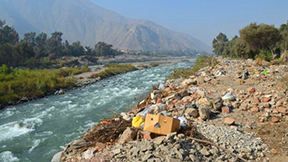 Time has passed and, far from improving, the situation has drastically worsened. Today the Lurin River is drastically polluted, and the cause of this problem is the presence of invaders.
Time has passed and, far from improving, the situation has drastically worsened. Today the Lurin River is drastically polluted, and the cause of this problem is the presence of invaders.
It does not seem new to find a polluted river in Lima or one invaded by people who located their houses in such areas. It is not only about contaminating or appropriating someone else’s land.
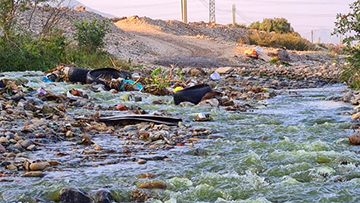 It is because they even put their lives at risk.
It is because they even put their lives at risk.
In 2017, the capital witnessed a series of landslides that affected several districts.
The whole country witnessed the consequences of trying to populate areas that belong to nature. It was a total tragedy and crisis in the country.
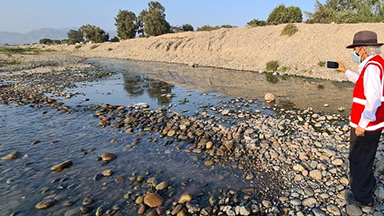 Five years have passed since that time, and there are people who seem not to have learned from their past. You know what they say: One who ignores one’s past is doomed to repeat it in the future.
Five years have passed since that time, and there are people who seem not to have learned from their past. You know what they say: One who ignores one’s past is doomed to repeat it in the future.
A few months ago, the Ministry of the Environment issued a report detailing the complicated situation of the Lurin River and of the residents who live by it.
Here we find two serious problems that are a major concern.
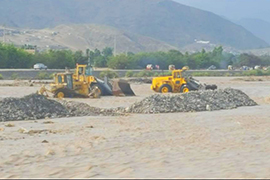 The first is contamination of the area due to the inhabitants and the waste that they constantly throw into it. This generates the accumulation of objects in the river and, in addition, causes contamination of the water.
The first is contamination of the area due to the inhabitants and the waste that they constantly throw into it. This generates the accumulation of objects in the river and, in addition, causes contamination of the water.
The second is the risk that these people face if a mudslide arrives or if there is a rise in the water level. Then these people will be at severe risk of death, just as happened in 2017.
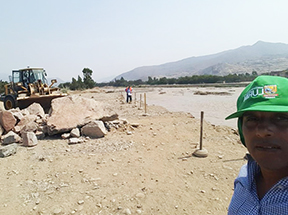 Pedro Carbajal, the former manager of Green Areas in the municipality of Lurin, tells us that this contamination occurs because there is a lack of awareness among the residents who dump their waste on the banks of the river.
Pedro Carbajal, the former manager of Green Areas in the municipality of Lurin, tells us that this contamination occurs because there is a lack of awareness among the residents who dump their waste on the banks of the river.
“A culture of protection and ongoing vigilance is necessary to prevent this from happening,” he said.
Unfortunately, this is not a problem just of the Lurin River.
It occurs in different ecosystems of the country and is a problem that the state should give more importance to. It is everyone’s job to communicate the consequences and dangers of this kind of situation.
